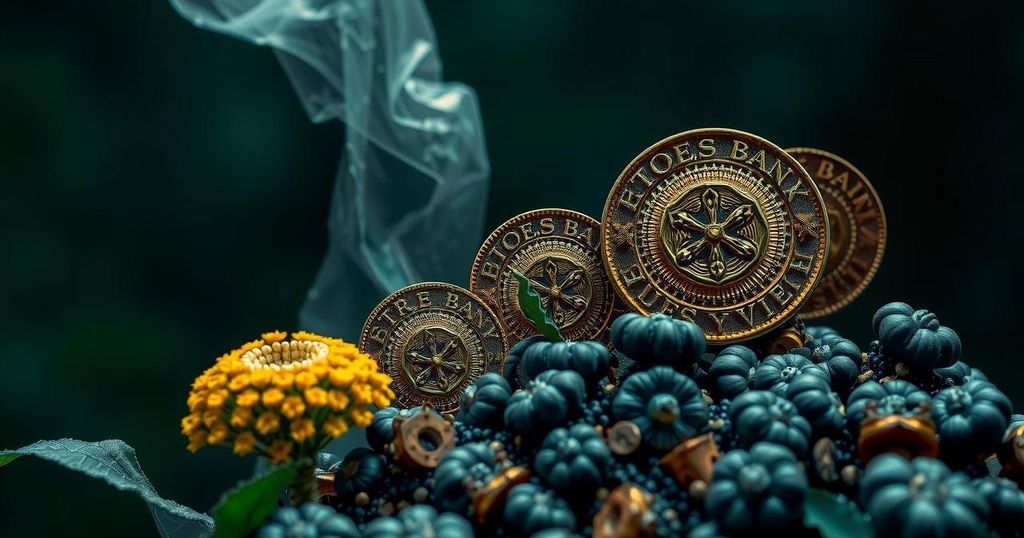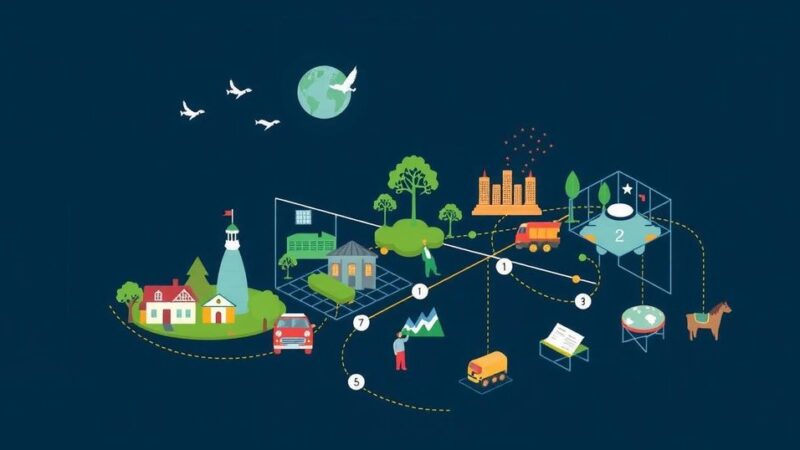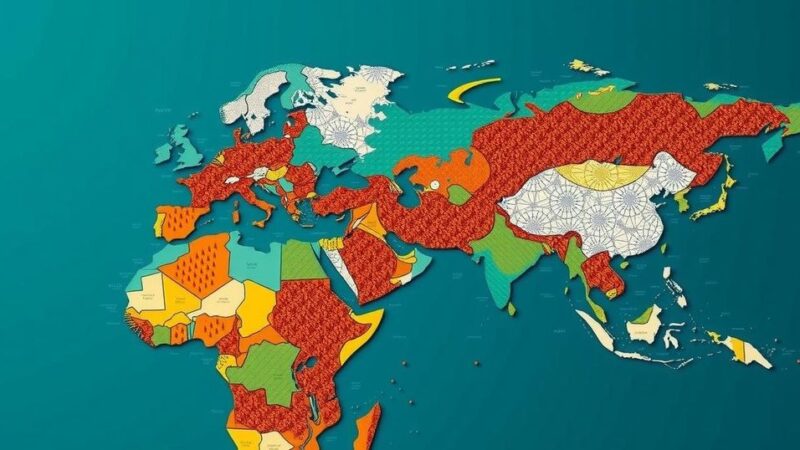The Svalbard Global Seed Vault has received an influx of 30,000 seed samples due to rising concerns over climate change and global conflicts threatening plant species and food security. Managed by the Norwegian government, this facility provides a crucial backup for gene banks worldwide, ensuring the preservation of crop diversity essential for environmental resilience.
Concerns regarding climate change and geopolitical unrest have led to the dispatch of 30,000 new seed samples to a “doomsday vault” located on a remote Arctic island in Norway. The Svalbard Global Seed Vault, situated on Spitsbergen Island and protected within a mountain, is designed to endure nuclear warfare and other catastrophic events, serving as a crucial reservoir for plant life reestablishment following global disasters. Stefan Schmitz, the Executive Director of the Crop Trust, emphasized that recent global tensions and environmental challenges have necessitated this substantial influx of seed samples from 21 different countries. He stated, “Climate change and conflict threaten infrastructure and impact food security for over 700 million people in more than 75 countries worldwide. Gene banks are ramping up efforts to back up seed collections, and we are proud to support them by providing a safe haven in Svalbard.” Since its inauguration in 2008, the Svalbard vault has functioned as a backup repository for the genetic diversity of thousands of plant species. Nestled amidst permafrost, it maintains a naturally frigid environment ideal for preserving seeds. Recent contributions to the vault’s collection include vegetable and herb seeds from the occupied Palestinian territories, seeds from Bolivian farmers, and over 1,145 seed types from Chad, particularly varieties of maize, rice, sesame, and sorghum that are resilient to heat and drought, critical traits in the context of climate change. Additional deposits have originated from countries such as Bangladesh, Nigeria, Papua New Guinea, and Suriname. The facility, while benefiting the global community, is funded and operated by the Norwegian government in conjunction with the Crop Trust and the Nordic Genetic Resource Center. The construction of the vault entailed an investment of $8.8 million, with the service offered free for those wishing to secure seeds for potential future use after disasters. A representative from the University of San Francisco Xavier, who facilitated the deposit of samples from 125 farming families in Bolivia, remarked, “This deposit goes beyond conserving crops; it’s about protecting our culture.” Lise Lykke Steffensen, the executive director of the Nordic Genetic Resource Center, highlighted the significance of biodiversity, stating, “Humanity depends on a wide diversity of genetic resources to meet future challenges. Therefore, it is gratifying that many gene banks choose to be part of this seed deposit. The Seed Vault has an important purpose, to secure these valuable collections, not least given the state of the world today.
The Svalbard Global Seed Vault serves as a critical resource for safeguarding global biodiversity, particularly in light of intensified climate change and geopolitical conflicts. Opened in 2008, this facility underscores the need for international cooperation to maintain genetic diversity necessary for sustainable agriculture and food security worldwide. With increasing threats to agricultural systems, the vault aims to preserve a vast array of seeds that can provide resilience against disasters affecting plant species. Its strategic location, coupled with its robust construction allowing it to withstand catastrophic events, reinforces its purpose as a backup for the world’s gene banks.
In summary, the substantial recent contributions to the Svalbard Global Seed Vault reflect a growing recognition of the urgent need to preserve plant genetic diversity in the face of escalating environmental and geopolitical challenges. As articulated by leaders in the field, this initiative not only aims to secure agricultural resources for future generations but also seeks to protect cultural heritage linked to agriculture. The vault stands as a testament to global cooperation for lasting ecological security.
Original Source: global.chinadaily.com.cn






